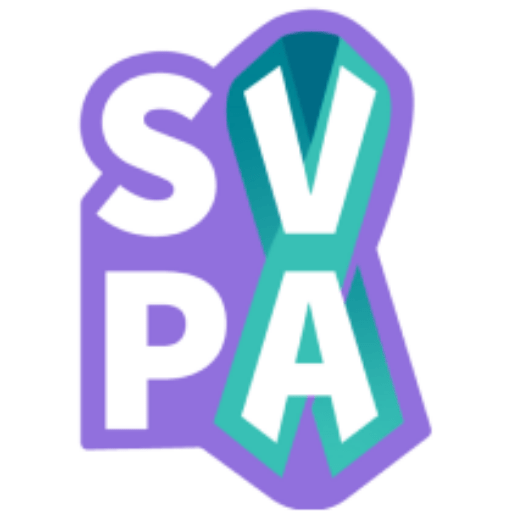The impact that #MeToo has had on the field of sexual violence and rape culture within society cannot be overstated. That said, every survivor who regularly engages in this field has stories of when someone misused #MeToo or caused harm.
Social media activism, often referred to as “hashtag activism,” is where hashtags are used to spread information and updates about various global events. The COVID-19 pandemic lockdowns led to increased engagement with social media. This heightened social media usage prompts a need to consider the politics and ethics of social media use.
For those of us who engage in this discourse online, we’ve already seen the difference between “performative activism” (or “toxic allyship”) and authentic allyship. But it can be hard to explain and even more difficult to put a name to. That’s what Samantha Nepton set out to do with “Gender-based and Sexual Violence Allyship on Social Media”. We’ve summarized her important findings below with a focus on the field of sexual violence.
Allyship is an ongoing process of learning and educating individuals about the lived realities of marginalized people and groups. It involves using your privilege to take action and stand up for marginalized people, following their goals, and centering their voices and experiences. Allyship is not a trend but a lifelong process that those we hope to be allies to can acknowledge in us.
Performative allyship is a term used to describe disingenuous “allyship”—when people are more interested in being recognized as an “ally” rather than being truly committed to supporting causes and/or movements. The shallowness of performative activism can prevent substantive action and displace those affected from the core of social movements, which can cause harm overall.
Here are some ways you can avoid performative online allyship:
- Avoid re-traumatization: Add content and trigger warnings (CW/TW) to social media posts when posting/sharing sensitive or graphic content. Content warnings alert viewers to potentially upsetting topics, while trigger warnings address specific issues that may re-traumatize individuals. Learn how to use content warnings correctly on page 17 in this SVPA Guide.
- Language & terminology: Use appropriate language in informative posts, especially for topics related to gender-based violence. Understanding specific terminology (e.g., “sexual harassment” vs. “sexual assault”) and acknowledging the impact of words (e.g., “survivor” vs. “victim”) is important for education and intervention.
- Sensitive content & imaging: When sharing personal stories, use only images approved by the survivor and avoid stock images that could re-traumatize survivors, such as those depicting brutality or victim-blaming scenarios.
- Use credible sources: Verify your information by checking the author’s expertise on the subject, ensuring data is up to date, and reflecting on its relevance to your post. When reposting informative content, verify the source and creator, ensuring they provide sources or credit the original creator.
- Hashtags: Verify where hashtags originated from and identify their purpose. Using a hashtag just because you see others using it could be harmful as it may draw attention away from important resources, especially if you are sharing misinformation or harmful images.
Online activism plays a crucial role in the movement to prevent sexual violence. It is a valuable platform for education, awareness, and support. However, we must ensure our actions online reflect true allyship grounded in sincerity and commitment. Otherwise, we may unintentionally cause harm or fall into the trap of performative activism. By unifying our efforts and holding ourselves accountable, we can contribute to a collective movement that brings us closer to the common goal of ending sexual violence once and for all.







